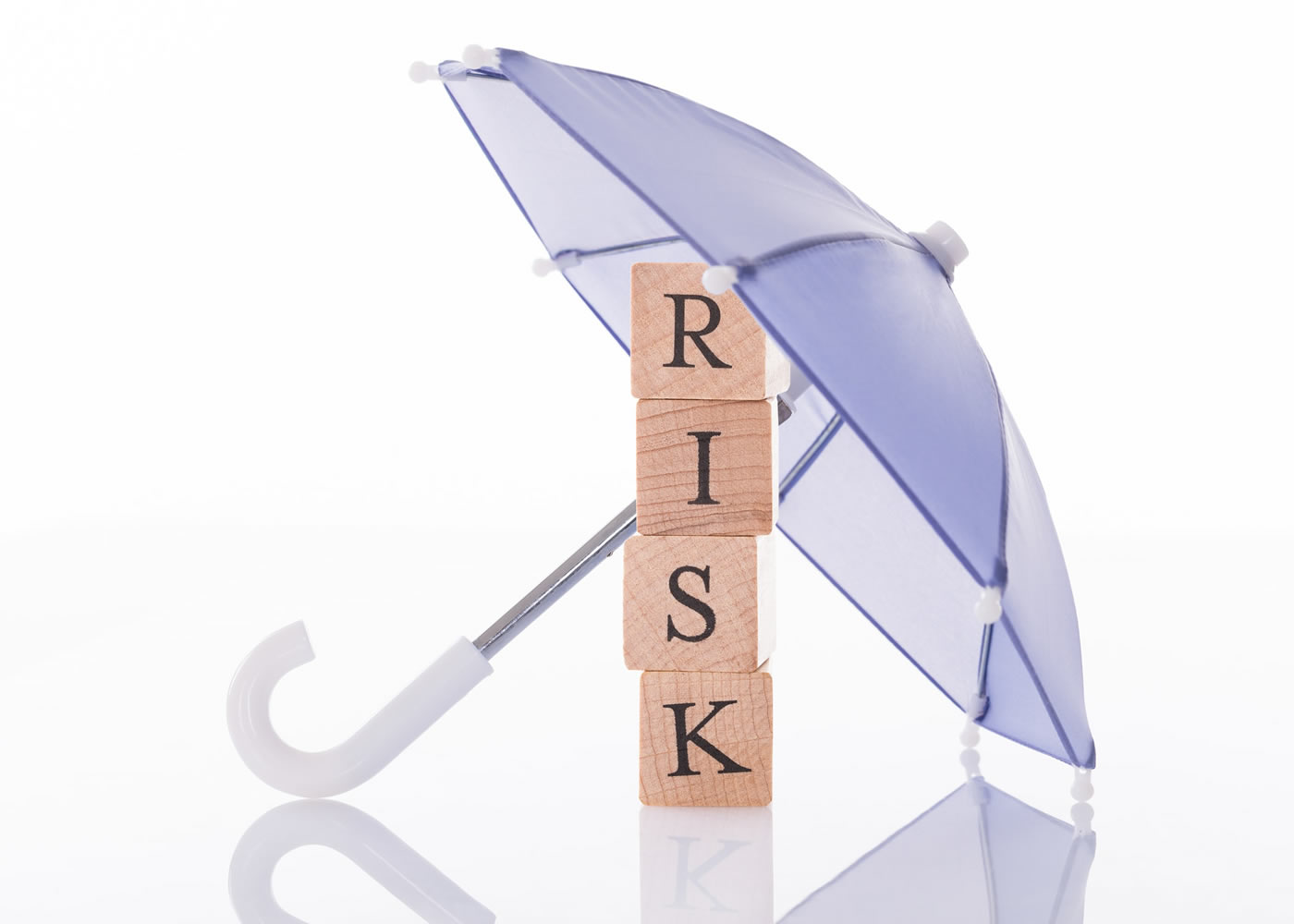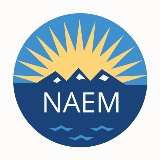Integrating Risk Management at Caesars Entertainment Corp.

How do you define risk at Caesars?
Caesars is guided by a Code of Commitment which is our internal standard for how the organization operates. Specifically the Code is focused on how we impact our guests, our employees, our communities, diversity and inclusion, and environmental sustainability. With my position, I have the rare opportunity to contribute leadership directly to three of the Code's pillars. Anything within the organization which serves as a threat to an aspect of the Code is considered to be a risk and receives resources and support for appropriate management.
How does the company integrate this definition into its operations?
Caesars is an entertainment company that draws a great deal of its brand image from gaming. That definitely gives people the perception that we are open to risk, but the contrary is true. Caesars is a very analytical company, and each decision is scrutinized by multiple departments with the intent of making the best decision for the organization.
Integrating risk management into any operation can be a challenge due to competing priorities and that the idea of "risk management" is not often seen as one that provides a positive impact to the bottom line. However, we have the ability to reduce contingent liability that directly impacts insurance costs, preserves asset values, and can minimize exposure to legal actions.
A key component of that integration is structure. The risk function at Caesars is not new, but my position is. I was installed between the historic risk function and our most senior finance team for the intent of advancing risk management to the next level by improving its integration into operational and business practices. My role is actually in the finance line and I report one layer away from our treasurer. At first I was concerned that such a structure could create a decision making bias toward financial considerations, but that is not even close to the reality. As business decisions are vetted, they are brought to my attention and I'm given an opportunity to provide feedback related to EHS or any other aspect of our operation which can be impacted. Certainly financial concerns are important, but things tend to come back to the Code of Commitment and whether or not we are operating to that standard. New for 2014 is a system where our properties are impacted financially when somebody gets hurt. That has reinforced our already strong program, and has created a new emphasis around improvement.
From a communications perspective, we have put a lot of effort into re-establishing open lines of communication with the risk teams at all of our properties. We all talk frequently about trending issues and heading things off before they have opportunity to get out of control.
How do you scope the issues?
We are a very analytical organization and we are constantly watching data streams regarding incident reports, injury trends, and things that happen at our properties so we can find opportunities to improve.
We have a database that contains every incident report from years back. We have all of the information, everything down to the minute that it happened, to the individual that it happened to, photos. What we've been doing is some pretty aggressive analytics around trending. What types of job categories are exposed to which types of risks? We're looking at those risks based on frequency, based on severity, based on lost time. And we have established a set of criteria that we're comparing those against so that we can prioritize the risks that we need to manage most aggressively.
To learn more about how Caesars integrates risk management into their business, join Brad at NAEM's annual EHS Management Forum in Austin this Oct. 22-24.
Topics:
Health & Safety
Related
About the Author

NAEM Staff
The National Association for Environmental, Health and Safety, and Sustainability (EHS&S) Management (NAEM) empowers corporate leaders to advance environmental stewardship, create safe and healthy workplaces and promote global sustainability. As the
leading business community for EHS&S decision-makers, we provide engaging forums, a curated network, peer benchmarking, research insights and tools for solving today’s corporate EHS&S management challenges. Visit us online at naem.org.

